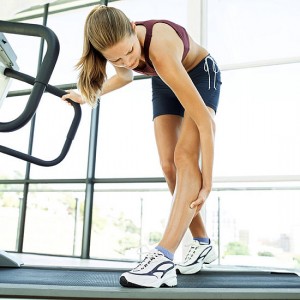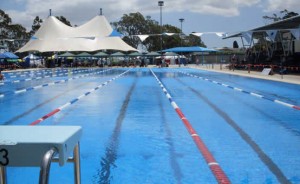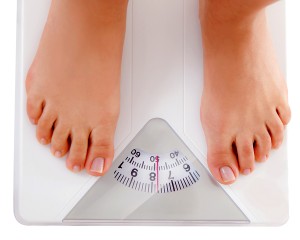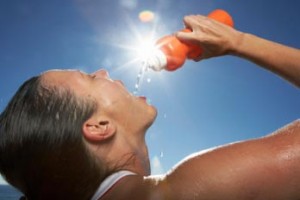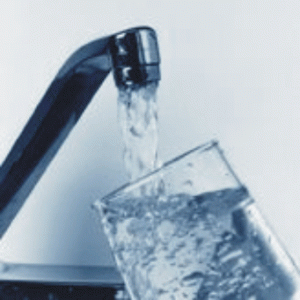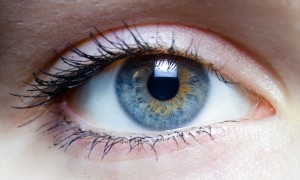Want to get fit and healthy this year?
Want to finally reach those goals and feel the best you ever have?
If you are serious about wanting to change your life this year I have an offer for you.
I am putting out the offer for someone to receive my Empower – Lifestyle Upgrade program for FREE. As well as receiving your free book valued at $29.95 you will also receive extra help and motivation from myself to help you succeed.
I am looking for someone who is serious about getting awesome results and improving their life for the better. I am also asking that the person who is following the program share their experience with us. Think of it as a way of being held accountable and inspiring others to change their lives for the better too.
If you are interested please use the contact page to express your interest and tell me why you want to improve. I will fill you in on the details of how we can change your life! The chosen person will be announced at the end of next week.
Happy New Year – let the fun begin!

